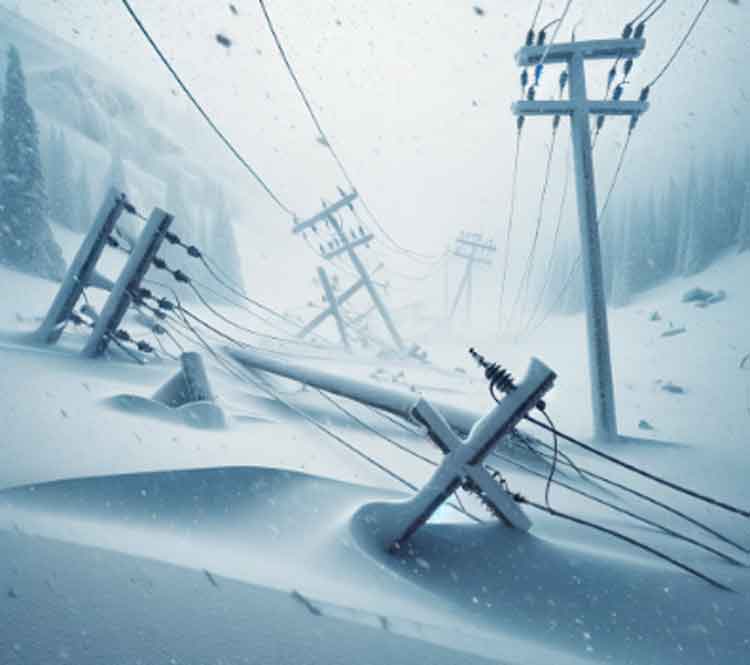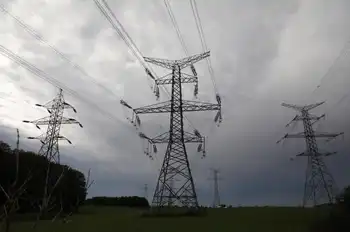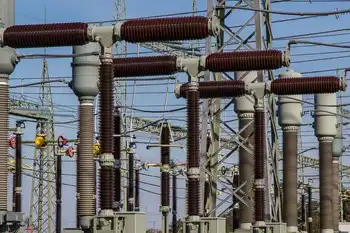NERC launches initiative to address outages
By Electricity Forum
High Voltage Maintenance Training Online
Our customized live online or in‑person group training can be delivered to your staff at your location.

- Live Online
- 12 hours Instructor-led
- Group Training Available
Known as “system protection,” these systems were a causal factor in nearly 45% of category two and higher system disturbances in 2007 and have contributed to every major system disturbance since 1965.
In the letter, NERC announces a new initiative designed to align a number of ongoing efforts to better address this reliability issue. The initiative prioritizes efforts of most concern, focusing on relay loadability, protection system redundancy, protection system coordination, generator frequency and voltage protective relay coordination, transmission and generation protection system misoperations, and protection system maintenance.
“Widespread outages on the power system are rarely the result of a single factor,” commented Rick Sergel, NERC President and CEO. “Grid operators are faced with many unavoidable reliability risks on a daily basis – from severe weather to unexpected, simultaneous equipment failure. It is therefore critical that we reduce those risks under our control.
“System protection performance is one such area, along with vegetation management, operator training, and visualization tools – all of which contributed to the August 14, 2003 blackout. The electric industry has made significant strides in each of these areas over the past five years. Today’s initiative seeks to continue those efforts to ensure reliability in the months and years to come.”
Protection system relays are installed on nearly every element of power system infrastructure – from substations to transmission lines to generation plants.
Like the circuit breakers or fuses in a home, protection system relays are designed detect problems and open breakers to isolate system components from service during faults (short circuits) and other system conditions to avoid physical damage to the equipment. When they donÂ’t operate correctly, these controls can isolate equipment from service unexpectedly or may not isolate equipment when they should. Such misoperations can cause or significantly worsen system disturbances.
“We look forward to working with the electric industry and System Protection and Controls Subcommittee to address these recurring issues, improve protection system performance, and, thereby, limit the scope and severity of future system disturbances,” commented Bob Cummings, Director of Event Analysis and Information Exchange at NERC.











